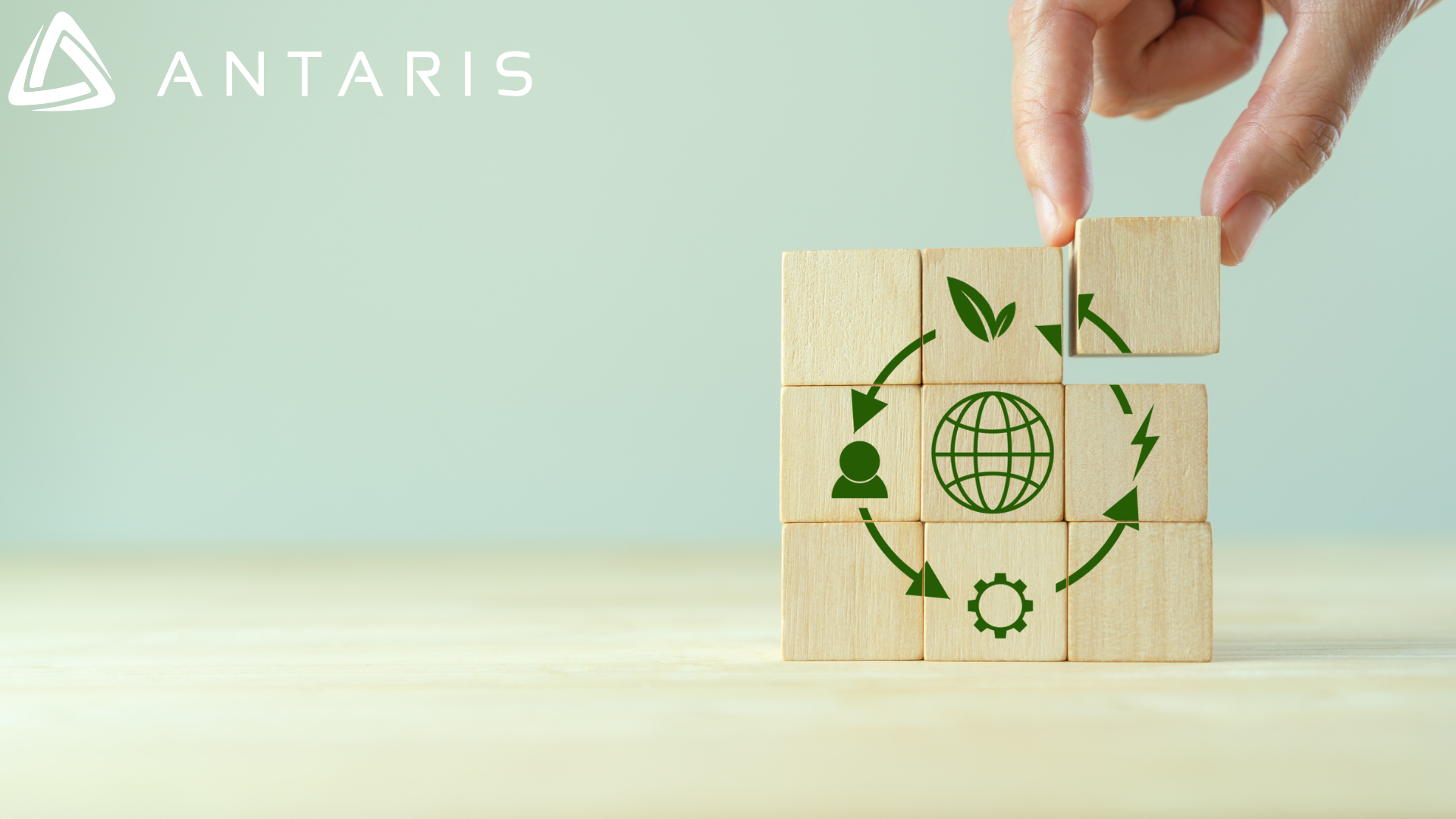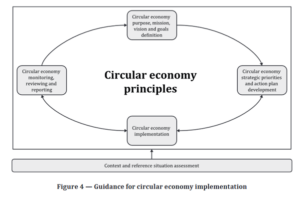ISO 59000 Circular Economy standards
The Ellen Macarthur Foundation defines the circular economy as a system where materials never become waste and nature is regenerated. In a circular economy, products and materials are kept in circulation through processes like maintenance, reuse, refurbishment, remanufacture, recycling, and composting.
The circular economy tackles climate change and myriad global challenges, like biodiversity loss, waste, and pollution, by decoupling economic activity from the consumption of finite resources.
The circular economy is based on three principles, driven by design:
- Eliminate waste and pollution
- Circulate products and materials (at their highest value)
- Regenerate nature
The very recently published ISO 59000 family of standards (ref. Figure 1) enhances our understanding of the circular economy and supports its implementation and measurement.
ISO 59004, ISO 59010, ISO 59020 and ISO/TR 59032 were published in June 2024.
ISO 59014, ISO/TR 59031 and ISO 59040 are under preparation.
ISO 59004, ISO 59010 and ISO 59020 are interconnected, as shown in Figure 2, and support organisations in implementing a transition towards a circular economy.
ISO 59004 describes the main terms and definitions (ref. Clause 3), a circular economy vision (ref. Clause 4), the circular economy principles (ref. Clause 5), provides practical guidance on actions that contribute to a circular economy (ref. Clause 6) and guidance to implement a circular economy in any type of organisation (ref. Clause 7).
In understanding the principles, it is essential that organisations consider environmental, social and economic systems, and their interactions. The principles documented in clause 5 are broadly in line with the principles outlined in BS 8001:2017 Framework for implementing the principles of the circular economy in organisation, and are as follows:
- Systems thinking
- Value creation
- Value sharing
- Resource stewardship
- Resource traceability
- Ecosystem resilience
Clause 6 outlines actions that an organisation can take, following the guidance described in Clause 7. These actions are applicable across the entire value chain or value network and can contribute to narrowing, slowing or closing resource flows. They can be related to several circularity aspects.
The transition towards a circular economy is complex and evolutionary and for this reason the guidance profiled in clause 7 is flexible to permit adaptation to the specific circumstances and requirements of the implementing organisation during the process of transitioning. Implementation implies assessment of the requirements, drivers (ref. Annex A of the standard) and barriers that can be derived from an existing or upcoming legislative and economic framework, and user (or societal) and market considerations.
Figure 4 illustrates the stages involved in circular economy implementation. Firstly, the organisation should determine its context and reference situation . It should determine system boundaries, including upstream and downstream activities and the risks and opportunities associated with circular economy implementation. It should create a purpose, mission and a vision that align with the circular economy principles previously alluded to.
It should generate ideas and prioritise actions. It should establish a strategy that links its mission, vision, goals, priorities, targets and respective actions or projects followed by a measuring framework. This should also include the establishment of a set of circularity indicators that allows for monitoring the strategic priorities and action plan implementation and goals achievement, as well as the outcomes of the different actions applied.
Once the strategic priorities have been established, the organisation should develop an action plan for how the strategy will be implemented. This should include consideration of the scope and capabilities for the implementation. To achieve a successful implementation, cooperation inside and outside the organisation should be fostered by promoting communication and engagement.
ISO 59004 also contains three very useful appendices as follows:
- Appendix A List of drivers (motivations to transition towards a circular economy).
- Appendix B contains a non-exhaustive list of examples of actions.
- Appendix C is intended to assist the organisation’s management team in considering a sustainable development perspective while implementing actions that contribute to a circular economy.
ISO 59010 gives detailed guidance for organisations wishing to transition their linear value creation models and value networks to circular ones and complements ISO 59004. It is divided into eight clauses including:
- Clause 4 Setting the goals and boundary.
- Clause 5 Determining a circular economy strategy.
- Clause 6 Transitioning the value creation model of an organisation towards circularity.
- Clause 7 Transitioning a value network towards circularity.
- Clause 8 Reviewing and monitoring for continuous improvement.
ISO 59010 seeks to provide a more business-oriented methodology than ISO 59004, by which the transition from a linear economy to a circular economy is implemented in an actual business strategy. ISO 59010 focusses on business-oriented perspectives at the organisational and inter-organisational levels, while ISO 59004 is more generic and applies at higher levels.
Annex A of ISO 59010 contains supplementary examples.
ISO 59020 provides a framework to guide users within organizations of all types and sizes through the measurement and assessment process, including system boundary setting and choice of circularity indicators, as well as processing and interpreting data in a consistent and reproducible manner to generate meaningful and verifiable results.
It also includes Annex A that contains a very useful list and description of core circularity indicators that could be considered for circularity measurement and assessment. These are broken down into resource inflows and outflows, water circularity indicators, and economic circularity indicators.
Annex B profiles additional indicators. Annex C contains complementary methods with the aim of avoiding duplication of existing methods such as LCA. Annex D focusses on circular economy and the SDGs. Finally, annex H contains very interesting examples with illustrations of companies with indicative circularity indicators.
These published standards and the ones under development will be of immense benefit to organisations seeking to understand and commit or contribute to a circular economy while contributing to sustainable development, irrespective of whether the organisations is in the public or private sector, acting individually or in combination with other organisations within a specific value chain or value network.
Sources
BS ISO 59010:2024 | 31 May 2024 | BSI Knowledge (bsigroup.com)
What is a circular economy? | Ellen MacArthur Foundation
Additional Reading
Increased Funding Expected for Circular Economy Initiatives in 2022 – Antaris Consulting











